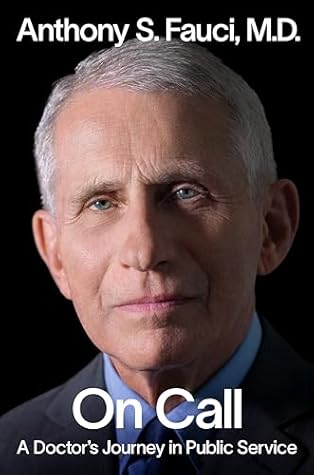More on this book
Community
Kindle Notes & Highlights
Vaccine research using concepts different from that of the Thai and other trials is ongoing. The most promising is one that induces a type of antibody called broadly neutralizing antibodies, which could knock out all of the many versions of HIV. That approach is still aspirational, and as I write this, any success is still years away, if it is at all possible.
This approach was later shown to be more than 95 percent effective in preventing HIV infection if the trial participants took the pill every day.
Perhaps the most important breakthrough in HIV treatment and prevention following the transformational development of triple combination antiretroviral therapy in 1996 occurred in May 2011. The report of an NIAID-sponsored international clinical trial involving predominantly (97 percent) heterosexual couples published by Myron “Mike” Cohen and his colleagues from the University of North Carolina clearly demonstrated that in a sexual relationship in which one partner was infected and the other was not, if you suppressed the virus early with antiretroviral therapy in the person with HIV, you
...more
A study involving both gay and heterosexual couples titled “PARTNER” partially answered that question, which was fully answered by the PARTNER2 study involving eight hundred only-gay men who had condomless sex more than seventy-seven thousand times without a single case of “linked” transmission. Linked transmission is when examination of the virus in both subjects shows that individual A clearly passed the virus to individual B. These results, which were presented at the 2018 International AIDS Conference in Amsterdam, firmly established that when the virus was suppressed by antiretroviral
...more
So, if we could identify everyone who was HIV infected and put them on antiretroviral drugs, we could interrupt the chain of transmission, theoretically slowing and even halting the momentum of the pandemic and ultimately ending it. In addition, if we implemented PrEP in those people who are at high risk of infection, we could even further accelerate the end of the pandemic. Easier said than done. It was difficult in the United States and even more so throughout the resource-poor regions of the world to identify everyone with HIV, much less put them on and sustain them on antiretroviral
...more
Finally my ideas gelled enough for me to test out in a peer-reviewed article that I wrote for Science magazine on July 1, 2011, titled “AIDS: Let Science Inform Policy.” I emphasized the transforming nature of the “treatment as prevention” findings from Mike Cohen’s clinical trial and called for an expanded global commitment of resources.
“For the first time in the history of HIV/AIDS,” I wrote, “controlling and ending the pandemic are feasible; however, a truly global commitment, including investments by those rich and middle-income countries whose contributions have thus far been limited, is essential. Major investments in implementation now will save even greater expenditures in the future; and in the meantime, countless lives can be saved.”
She coined the phrase “an AIDS-free generation” that became the catchphrase for our efforts over the coming years. The audience loved it.
“An AIDS-free generation is possible; indeed, it is a moral and public health imperative that we strive, collectively, toward this goal. No single nation or organization can accomplish this. A truly global commitment and effort are required; however, United States leadership is essential. It is just this message that Secretary of State Hillary Rodham Clinton so cogently delivered in her November 8, 2011, speech at the National Institutes of Health calling for global action toward the goal of an AIDS-free generation. The world should listen carefully to that message. We have a unique
...more
Nineteenth International AIDS Conference, which took place in Washington, D.C., on July 22–27, 2012.
On Tuesday, Dr. Anthony S. Fauci, a leading AIDS researcher, argued at the Aspen Ideas Festival that ‘we can end the AIDS pandemic in the next 10 years.’ ” As I think back to our early painful experiences of caring for people with HIV infection before we had adequate interventions to save their lives, and I see how well equipped we now are to do so, I believe even more strongly that history will indeed judge us harshly as a global community if we do not seize the opportunity within our grasp to end one of the most devastating pandemics in the history of our civilization.
The index case in Guinea, or the original person to whom the outbreak could be traced, was thought to be a two-year-old boy who died of Ebola virus disease in December 2013 in the village of Meliandou, Guéckédou Prefecture, Guinea. The boy’s home was near a large colony of Angolan free-tailed bats. Soon after he died, his mother, sister, and grandmother became ill with Ebola and died, as did several people close to the family who had helped care for the boy or who had attended his funeral and burial rites. As quickly became clear, the sacred traditions and customs of the West African people in
...more


